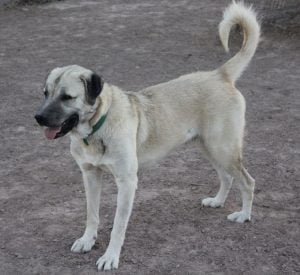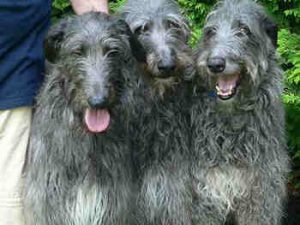Mastiff
Join the Cause: Mastiff Rescue Los Angeles Now

-
Breed Group : WORKING
-
Origin : ENGLAND
-
Average Height : 27" - 32"
-
Average Weight : 130 - 220 lbs.
-
Life Span : 6 - 10 years
Photo Courtesy of : Big Dogs Huge Paws
-
Size
1 2 3 4 5 6 7 8 9 10 -
Energy
1 2 3 4 5 6 7 8 9 10 -
Intelligence
1 2 3 4 5 6 7 8 9 10 -
Ease of Training
1 2 3 4 5 6 7 8 9 10 -
Hypo-Allergenic
1 2 3 4 5 6 7 8 9 10 -
Shedding
1 2 3 4 5 6 7 8 9 10 -
Good with Kids
1 2 3 4 5 6 7 8 9 10 -
Good with Other Pets
1 2 3 4 5 6 7 8 9 10 -
Guard Dog
1 2 3 4 5 6 7 8 9 10






